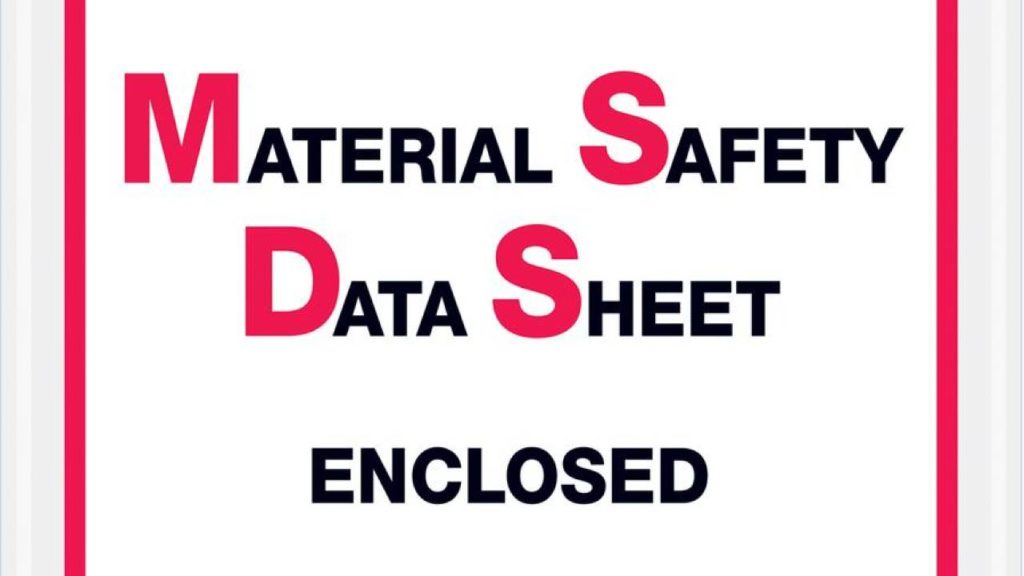With a background in Industrial Engineering focused on driving productivity increases, applying technology to ERP software has always been a significant issue for me. (For a deeper dive on that topic, read my recent post, Technology and ERP – the Productivity Conundrum.)
So, imagine taking the technology trapped inside of over-engineered, overly complicated, and excessively expensive AP Automation solutions and freeing the platform to process high-value documents on the shop floor.
Let’s discuss a couple of prime examples of highly valuable transactions paper transactions that can be a productivity drain on the shop floor:
- Material Test Report (MTR) is an analysis report of components used to make a product (usually discrete manufacturing) or also known as a Certificate of Analysis (in process manufacturing). They ensure that an ingredient used meets a specific specification. A perfect example would be ensuring that the grade of steel used on a submarine hull or a bridge construction meets specifications.
- Material Safety Data Sheets (MSDS) spell out the safety data and handling for a product. For example, hazardous chemicals or somethi8ng extremely flammable if not handled or stored correctly.
These documents’ requirements are involved, specific, and time-intensive to maintain accurately. Also, there are precise legal requirements attached to how these documents have to be processed, maintained, and stored.
An example of these requirements can be found from the Occupational Safety and Health Administration: Applicability of the Hazard Communication standard to pesticides.
While documents can be stored manually, many companies keep critical data from these reports in their ERP systems or other databases. Scanned copies can also be stored informally or using document management and workflow systems integrated with ERP platforms.
The combination of these factors results in document requirements that have the following characteristics:
- They are complicated and specific, requiring a high degree of accuracy.
- They are legally required to meet exacting levels of detail and timeliness.
- They are time-consuming to create, store, and maintain for future reference.
Adding up all of these factors points to a premium for increasing the speed and accuracy of creating these reports.
These documents are perfect examples of high-value manufacturing transactions found on the manufacturing floor that can be dramatically improved with data capture and automation platforms.
In an increasingly competitive business world where a premium is placed on delivery speed, the impact on productivity and customer satisfaction of the HandsFreeERP platform can be dramatic.






